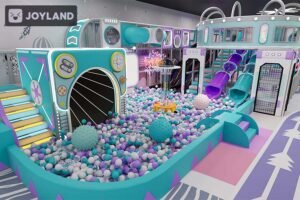What do I need to open an indoor playground? It’s a question asked by many aspiring entrepreneurs looking to enter the fast-growing indoor entertainment industry. From location scouting to safety compliance, the process involves much more than buying equipment. In this guide, we’ll walk you through the essential steps to successfully launch your own indoor playground business.
1. Market Research & Business Planning
Before anything else, you need to understand your local market. Are there already indoor playgrounds nearby? What age group and income level are you targeting?
- Conduct competitor analysis
- Estimate demand in your area
- Create a detailed business plan (startup costs, revenue projections, break-even point)
Tip: Many successful owners also run a pilot version of their concept in a smaller space before scaling.
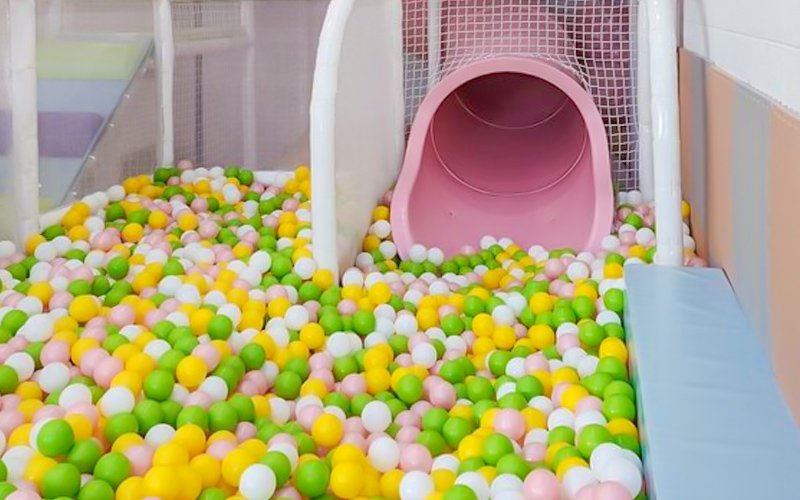
2. Finding the Right Location
Your site must be:
- Easily accessible with good parking
- In a family-oriented area (malls, residential zones, near schools)
- Sized appropriately (at least 300–800 sqm depending on play zones)
Also consider ceiling height (ideally 4 meters or more) to accommodate climbing frames and trampolines.
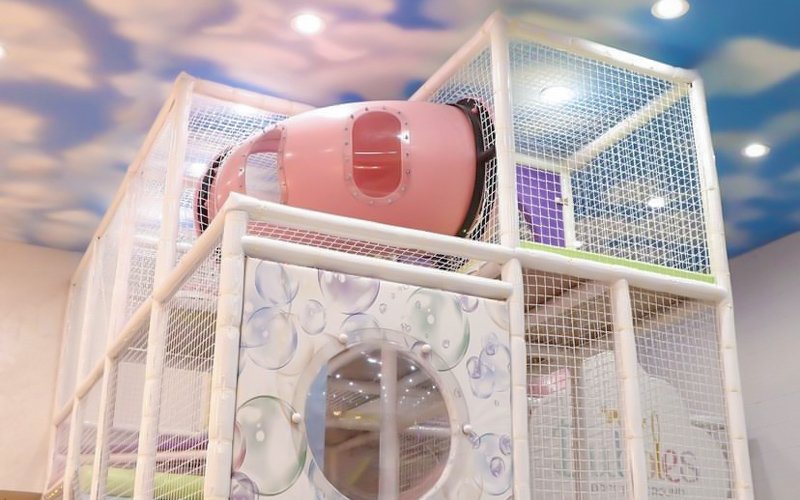
3. Choosing Play Equipment Wisely
The heart of your business lies in the equipment. It must be fun, safe, and age-appropriate.
- Soft play structures
- Trampoline zones
- Role-play areas
- Interactive digital games
- Slides and obstacle courses
Pro tip: Work with experienced manufacturers who provide safety certifications and custom design services.
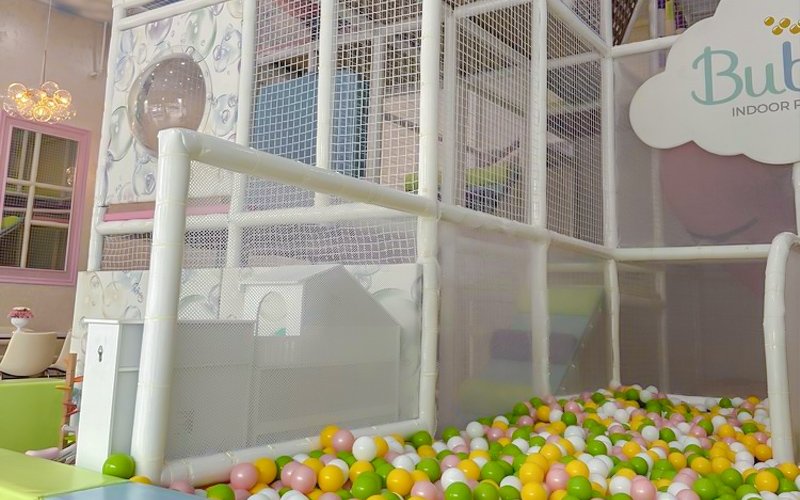
4. Understanding Legal & Safety Requirements
Each country has its own safety standards. You’ll typically need:
- Business license and zoning approval
- Indoor playground liability insurance
- Compliance with fire and building codes
- Adherence to safety standards like ASTM, EN1176, or local equivalents
Additionally, staff should be trained in child supervision and emergency response.
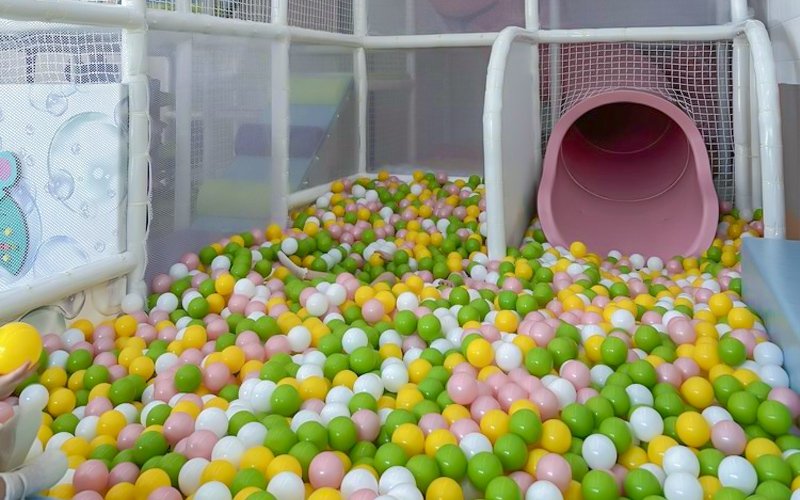
5. Budgeting for Startup Costs
Your budget will include:
- Equipment purchase and shipping
- Space renovation and interior design
- Staff salaries and uniforms
- Marketing and branding
- Ongoing maintenance and insurance
Typical startup costs can range from $100,000 to $500,000, depending on the scale and location.
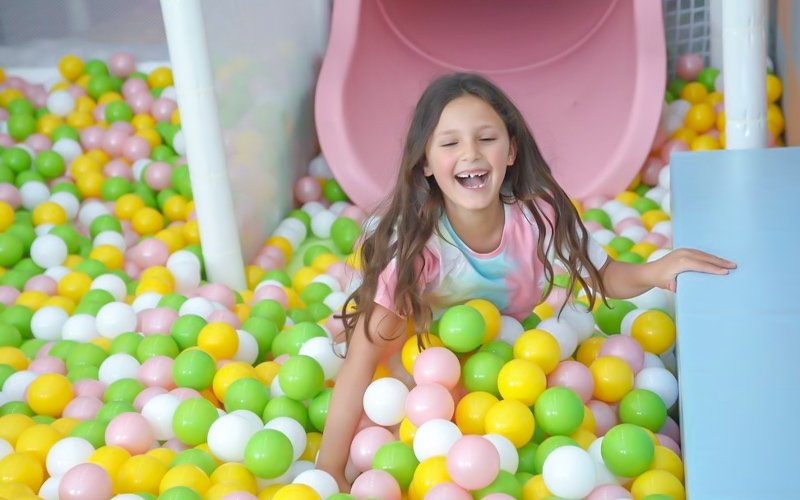
6. Creating a Memorable Customer Experience
Your playground should be more than just equipment — think about:
- Birthday party packages
- Café or snack area for parents
- Loyalty programs and memberships
- Cleanliness and atmosphere
The more family-friendly and welcoming your facility is, the more repeat customers you’ll earn.
Final Thoughts
Opening an indoor playground requires more than just buying equipment — it takes planning, compliance, and a deep understanding of your audience. But with the right approach, it can become a profitable, long-term business that brings joy to thousands of children and families.
